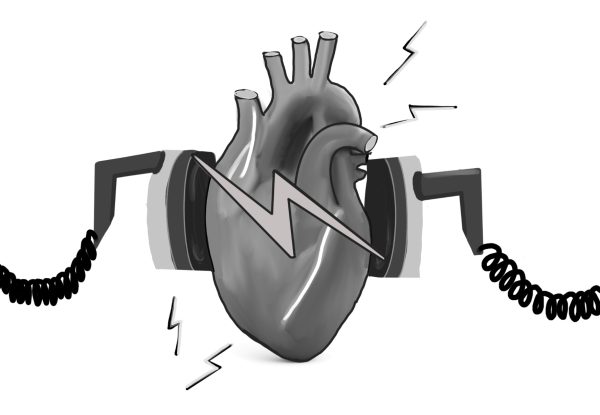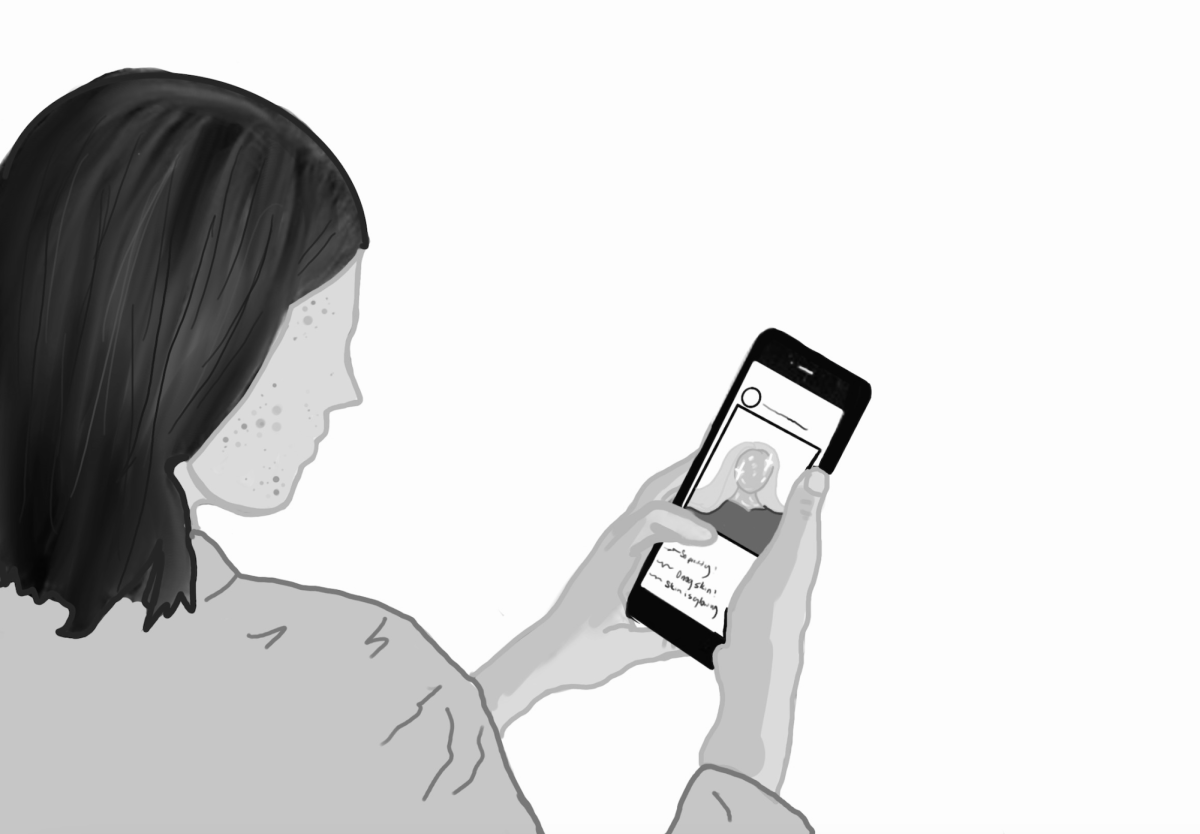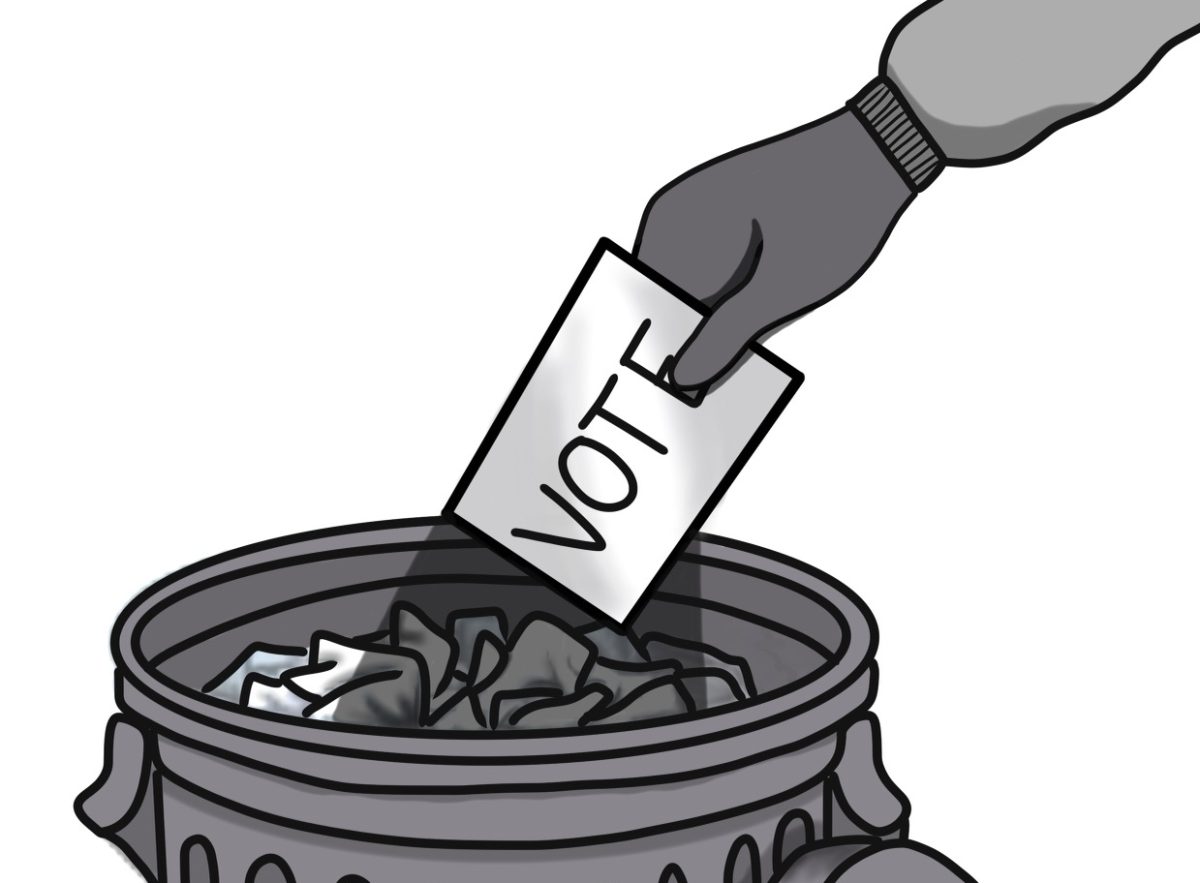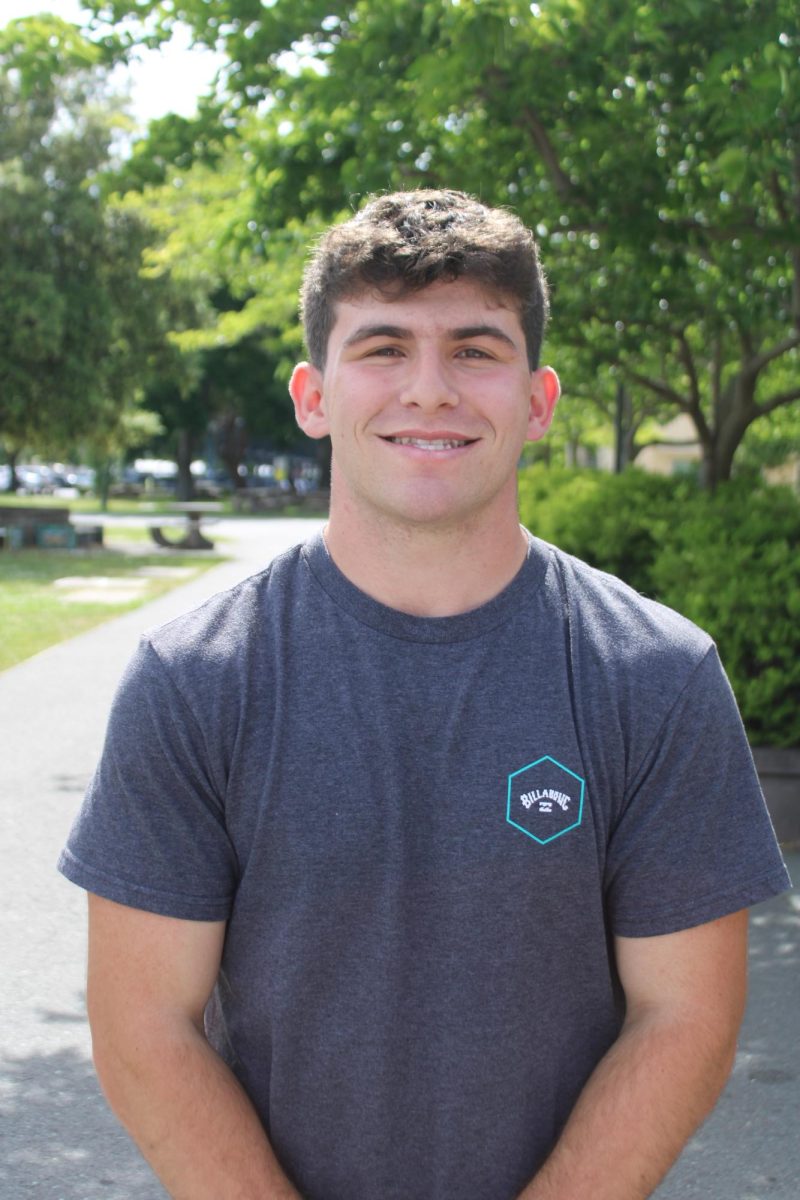A player is running down the field, ready to score. His teammates watch him, preparing to celebrate. He collapses abruptly; his heart stops. Only one tool can save him, and time is of the essence.
While high school sports are often thrilling, fun and collaborative, they are accompanied by a deadly risk to student-athletes. Cardiac arrest, an event in which an individual’s heart stops suddenly, does not always occur due to a predisposed condition; it can happen to anyone. Cardiac arrest is often confused with heart attacks, but the two are very different. Heart attacks occur when blockages of arteries in the chest prevent blood flow into vital muscles, resulting in a total shutdown of the heart. Cardiac arrest, on the other hand, happens without any warning. The heart starts to beat irregularly, eventually resulting in the heart stopping entirely.
The American Academy of Pediatrics estimates approximately 2,000 people under the age of 25 die from sudden cardiac arrest in the United States each year. According to Kansas Health, “[cardiac arrest] is the leading cause of death in young athletes in the United States – resulting in one death in a high school student every three days.” Because of the speed at which cardiac arrest occurs, combined with the unpredictability of the event, this issue must be addressed.

The only tool that can revive a person whose heart has stopped due to cardiac arrest is an Automated External Defibrillator (AED). However, the use of an AED proves most successful in reviving a stopped heart within 3-5 minutes of a person’s collapse, according to cprandfirstaid.net. If individuals surrounding a collapsed person cannot locate an AED or do not know how to use it properly, the chances of saving a life quickly drop.
Luckily, California state law requires that all high school students undergo AED training as part of the mandated Physical Education curriculum. However, the training is often skimpy, omitting the need for individuals to know how to use these devices, resulting in the program having little effect on students.
Junior Leo Favacho recently completed this training. While Favacho learned the basics, he commented on the lack of depth and importance within the training.
“I don’t think I would be able to use an AED if I witnessed my friend collapse at a sporting event,” Favacho said. “The curriculum does technically teach us how to use an AED, but not in a live-action scenario.”
Additionally, Favacho’s comments were dire when told the time frame in which AEDs are most successful in revival.
“[Within] that time frame (three to five minutes), I definitely wouldn’t be able to get my hands on an AED,” Favacho said. “I’m not sure where [in school] I would even begin to look.”
To senior Jacob Werner, the AED preparedness of Redwood’s student body is further discouraging.
“I don’t remember much or even anything from that unit,” Werner said. “I think everyone kinda blew the unit off and was just [participating] to get through it.”
In an October Bark survey, 29 percent of students said they do not know what an AED is and an additional 42 percent said they do not know where Redwood’s AEDs are located. With students not knowing where AEDs are or what they do, an instance of cardiac arrest would likely be fatal.
The evidence is clear: there needs to be AED instruction and awareness reform. Interviews, surveys and education all prove that Redwood’s student body is misinformed about AEDs, a lifesaving tool that should not be put aside. Information sessions for the students and staff on where the devices are located and how they are used must be mandatory. Increasing the importance of AED education in the physical education curriculum with deliberate instruction should be the primary focus in administration offices at Redwood and beyond. Action needs to happen; don’t let your friend, child or relative be another statistic.



















